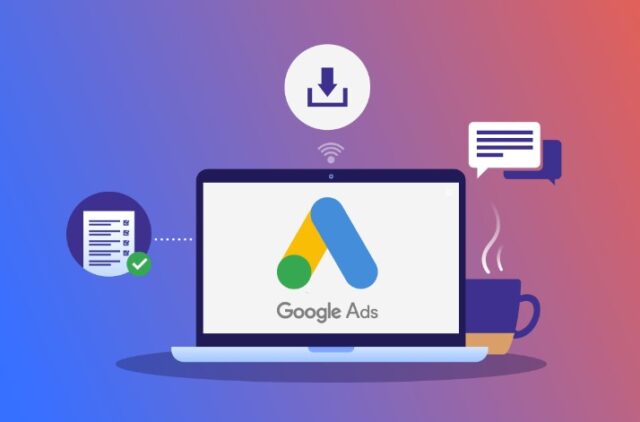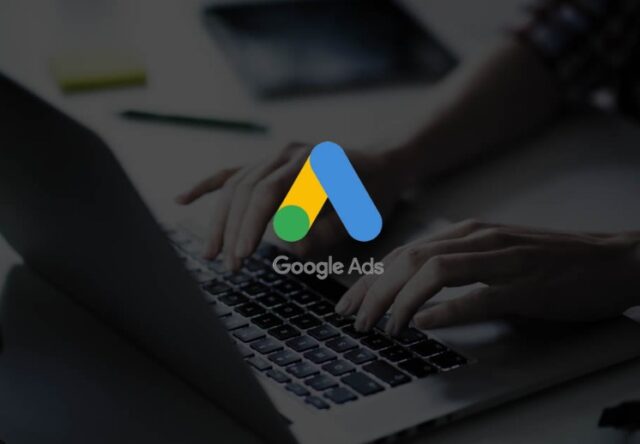
Are you finding it hard to get your brand noticed in a crowded digital landscape? With the right Google Ads strategy, you can increase brand awareness and reach more potential customers.
In this article, we look at how to set up effective Google Ads campaigns and take advantage of all the features the tool has to offer.
Benefits of Google Ads for Brand Awareness

The benefits of Google Ads for brand awareness include:
• Targeted Reach: You can target your campaigns to reach a specific audience based on demographics, interests, search keywords, and more. This ensures that you are only showing your ads to people who are likely to be interested in your brand.
• Customization: With Google Ads’ many customization options, you can design custom messages and create campaigns tailored for different markets or audiences. This enables you to tailor content specifically for each individual audience segment and maximize impact.
• Cost-effective: With controlled budgets set at the start of each campaign, you won’t have any surprise bills at the end of the month. As such, Google Ads is a cost-effective way to reach large numbers of people without breaking the budget.
• Structured Campaigns: From ad copy tests to A/B testing ad versions or using conversion tracking tools like UTM parameters, Google Ads provides structured campaigns that are easily traceable and fully optimized for success.
• Comprehensive Data Analysis: With customizable reports available in AdWords or a third-party analytics tool, along with detailed performance measurement capabilities offered through Optimize 360 and other platforms, it’s easy to track the effectiveness of your google ads campaigns.
Understanding Your Target Audience

Understanding the target audience is crucial when planning a Google Ads campaign. To develop relevant messaging and ad content, research the ideal customer profile (ICP) by conducting surveys, and analyzing customer feedback, ratings, and website analytics data – all of this can be done by hiring a Google Adwords agency.
Segment the data further by considering users at different stages of the customer journey, such as those who have visited the website but have not made a purchase. This allows you to create campaigns tailored for each group of users and ensure that not every ad reflects the same message.
Other segments to consider include those who are already familiar with the brand and exploring look-alike audience targeting features to expand reach. Continually exploring new channels such as social media or email marketing can help drive conversions. By understanding the target audience, law firms can create effective campaigns that resonate with potential customers and drive conversions.
Crafting an Effective Google Ads Campaign

A successful Google Ads campaign should be designed with the following elements in mind:
• Keyword selection: Choosing keywords that are relevant to your target audience, product, or service, and that also have a reasonable amount of search volume will allow you to reach as many potential customers as possible.
• Ad copywriting: Crafting compelling ad copy can help engage potential customers and increase click-through rates. Make sure to use descriptive words, pick commanding verbs, and avoid using too many generic words like “best” or “cheapest”.
• Budgeting: Setting a budget is essential for running any successful marketing campaign. Allocate your budget after researching what type of competition and the cost associated with each keyword you plan to bid on.
• Targeting and targeting options: Decide who you want to target based on geography, language, device type, time of day, etc., for optimal returns from the campaign. You can also use match types like broad match or phrase match for better control over what searches trigger your ads.
• Campaign optimization: Optimize click-through rates by trimming keywords with a low impression or click traffic, splitting large ads into several ad groups with unique keywords, increasing bids on successful keywords, and/or switching up landing pages when appropriate. Constantly monitor performance metrics such as CTR (click-through rate), CPC (cost per click) conversion rate, etc., and use A/B testing where helpful to further optimize returns from the campaigns.
Choosing the Right Keywords

It’s not just about driving traffic—you need to get the right people to your website and have them convert into customers.
Here are some tips for selecting the best keywords for your brand’s visibility campaigns:
-Focus on niche phrases. Single-word searches may garner more clicks and traffic, but targeting one specific phrase or keyword can bring in higher-quality leads because searchers are more likely to be interested in what you have to offer.
-Think long tail and narrow down by geographic location, language, product features, etc. Use more targeted terms that indicate precisely what it is you are offering. For example, if you are an Italian restaurant in Chicago – “Chicago Italian restaurant with outdoor seating” instead of “Italian food”
-Consider negative keywords (words or phrases that will ensure your ads are not triggered by irrelevant queries) to better reach the right people. This helps to avoid wasting resources on clicks from irrelevant traffic and narrow down your potential customer base to those who more likely match up with your ideal customer profile.
-Keep an eye on trending topics/keywords which can indicate opportunities for increased visibility around certain times of the month/year when people tend to be searching for answers related to those particular keywords in great volume.
-Be sure to consider different variations of a keyword–singular vs plural —as well as using different parts of speech (i.e., verb vs noun). This can help ensure that all relevant keyword searches appear under each ad group in your campaign and target the right customers at scale with ease & efficiency!
Measuring and Optimizing Your Campaign

Measuring and optimizing a Google Ads campaign is crucial for achieving goals such as driving brand awareness or conversions. The key metric for brand campaigns is reached, which indicates how many people have seen the ad creatives across YouTube and the Google Display Network.
Additionally, viewability is important to measure, including in-view rate and relative viewability, which indicate if the ad was visible on screen for at least 1-2 seconds and if it appeared next to other ads or content. A/B testing is also important for optimizing ad creatives for maximum impact. This can include tests based on format, length, positioning, and call-to-action placement.
Results should be tracked thoroughly to ensure that any changes made are repeatable when improving performance. By measuring and optimizing Google Ads campaigns, law firms can ensure that their ads reach a wide audience and make a significant impact.
Conclusion
Utilizing Google Ads for brand awareness can be a great way to reach new audiences and increase your visibility online. With the right strategies and best practices, you can create effective campaigns that drive results. Experimenting with different ad types, targeting options, and creative executions will help you uncover what works best for your business goals. Ultimately, using Google Ads is an efficient way to spread the word about your brand and grow its recognition in the digital space.












